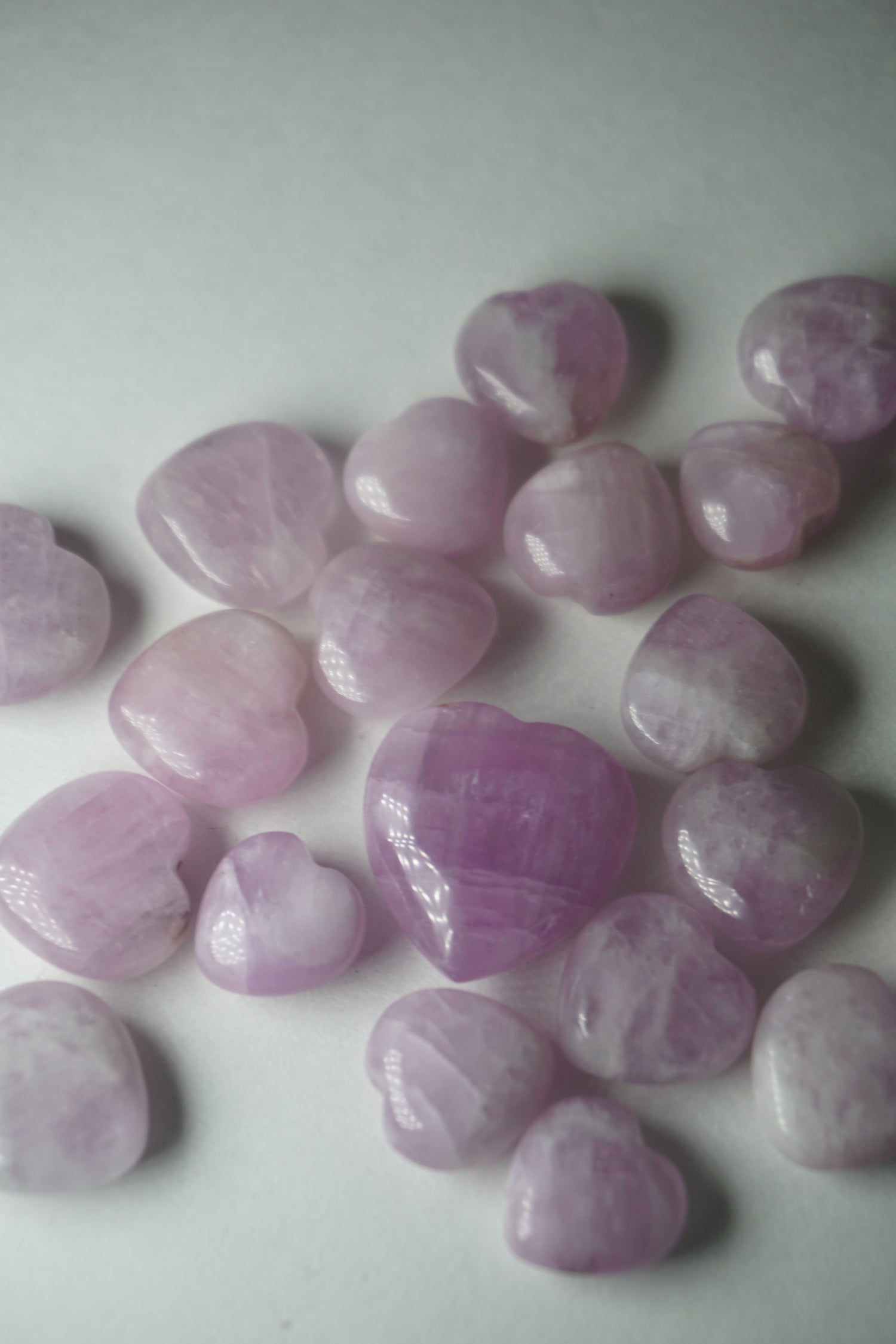Labradorite, with its mesmerizing play of colors reminiscent of the Northern Lights, beckons explorers into a world of mystery and enchantment. In this detailed exploration, we unravel the secrets of Labradorite — from its geological origins to its metaphysical allure and practical applications.
Formation and Origin: Labradorite, a member of the feldspar family, forms in igneous rocks like basalt and gabbro. Its captivating iridescence, known as labradorescence, arises from the scattering of light within its layered structure. Primary sources of Labradorite include Madagascar, Canada (Labrador), Russia, and Finland.
Physical Characteristics:
- Color Play: Labradorite's hallmark feature is its iridescence, showcasing hues of blue, green, yellow, and gold when viewed from different angles.
- Crystal Structure: Labradorite crystallizes in the triclinic system, often appearing as twinned crystals with a distinct cleavage.
- Hardness: On the Mohs scale, Labradorite scores between 6 and 6.5, making it suitable for various jewelry applications.
- Transparency: Labradorite can be translucent to opaque, with the best specimens exhibiting a vibrant play of colors.
Metaphysical Properties:
- Enhanced Intuition: Labradorite is believed to heighten intuition and psychic abilities, encouraging self-discovery and a deeper understanding of one's inner strengths.
- Protection: Its mystical properties are thought to shield against negativity and energy vampires, creating a protective barrier around the wearer.
- Transformation and Change: Labradorite is associated with facilitating transitions and embracing change, making it a helpful companion during times of personal growth.
- Balancing Energies: Labradorite is believed to harmonize the aura, balancing and aligning the chakras for overall energy equilibrium.
Practical Uses:
- Jewelry: Labradorite's unique play of colors makes it a popular choice for distinctive jewelry pieces, including rings, necklaces, and earrings.
- Home Décor: Displaying Labradorite in living spaces is believed to infuse the environment with positive energy and a sense of mystical wonder.
- Meditation: Many practitioners use Labradorite during meditation to access higher states of consciousness, stimulate the imagination, and enhance spiritual awareness.
- Creative Expression: Labradorite is associated with unlocking creativity and inspiring new ideas, making it a favorite among artists and writers.
Fun Facts:
- Inuit tribes of Canada believe that Labradorite fell from the frozen fire of the Aurora Borealis and carries its magical properties.
- The name "Labradorite" pays homage to the Canadian region of Labrador, where the stone was first discovered in the 18th century.
Conclusion: In the kaleidoscopic realm of crystals, Labradorite stands as a radiant gem, inviting individuals to explore its captivating depths. Whether worn as a statement piece, gracing a home, or aiding in spiritual practices, Labradorite's iridescence serves as a testament to the wonders that lie beneath the surface. As we journey through the layers of Labradorite, we discover not only its geological brilliance but also its ability to illuminate the path to self-discovery and transformation, making it a truly magical companion on the journey of life.


